Food for baby robins
What Do Baby Robins Eat? and How to Feed One! a How-To Guide
Either you found a baby robin that’s fallen from its nest, or perhaps you’re just curious and asking what do baby robins eat?
Well, here’s the guide on what baby robins eat, and if the need arises then how to feed one. So first let’s give you the quick answers, then we’ll get into more details…
How do baby robins eat? During the first week, the parents regurgitate partly digested food into the baby’s mouth. As they grow they eat a variety of food from earthworms, to whole worms and large insects, and even berries until they fledge to finally fend for themselves.
How do you feed a baby Robin? To feed a baby robin you can use a dropper, clean hands, or let the babies feed themselves when they become independent enough. Once released they will naturally be able to hunt for food and feed themselves.
Ranger Planet
Please enable JavaScript
Ranger Planet
Read on, or watch the video below from the Ranger Planet Youtube Channel.
What do baby robins eat and when
Baby robins are just that – babies, at first, and depend wholly on their parents for food.
However, what baby robins eat during the very first few days and onward changes as time goes by – and fairly quickly too.
Here’s the list of what baby robins eat at each growth stage. But if you’re looking to protect your baby robin, then be sure to check what eats robins to know what might want to prey on them. You might also be interested to know if it’s legal to keep a robin as a pet?
1 – 7 Days – baby robins eat…
When baby robins are with their parents, the parent robins forage for food for themselves, but also gather enough to feed their young.
The parent regurgitates this partly digested food into the baby’s mouth. This is the only way that baby robins eat and are fed during the first week from birth.
This includes partly digested insects, beetles, worms, berries, and seeds
7-14 days – baby robins eat…
Around this time, the parents pass larger portions of food or break up larger ones such as earthworms and deliver into the baby robin’s mouth.
From here onwards the baby robins start eating more with each passing day.
Whole versions of insects, beetles, worms, berries and seeds.
After a period of this, the parents begin to let the baby robins eat the whole worm and other large insects on their own.
By this time a baby robin will be able to eat the equivalent of 14 feet of earthworms during its two-week nest life.
14 days plus – baby robins eat…
From this point, more often than not baby robins are able to eat food provided to them by the parents that are just placed in the nest. The baby robin is old enough to find and eat the food themselves within the nest.
In general, baby robins depend on the parents fully for their daily dose of food, until they are independent enough and can fledge the nest and fly away.
On average, the parent robins can make up to 100 visits a day to feed their young ones – that just shows how often the baby robins eat to grow up.
This is also why robins are very picky in choosing a territory to create their nest.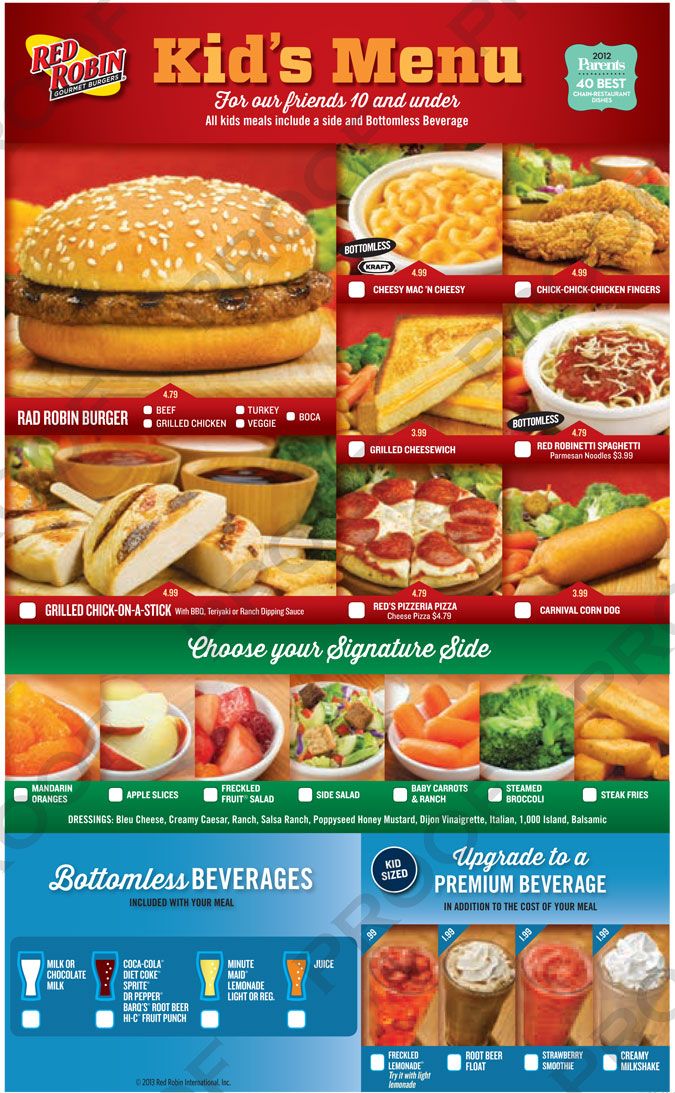 They need to ensure they live close to adequate food sources to make the hunt for food and feeding visits often and easy.chicks in a nest
They need to ensure they live close to adequate food sources to make the hunt for food and feeding visits often and easy.chicks in a nest
You might also like:
Do robins make good pets
Why do robins hop
Do birds have ears
Do birds have teeth
So let’s move on to how you would feed a baby robin.
How to feed a baby robin?
If you’re in the situation where you have a baby robin you need to take care of and hand rear, perhaps one that fell from the nest or lost its parents. Then naturally, there are plenty of things you will have to know about feeding baby robins – let us give you some guidance.
There are, thankfully, many ways and methods that have worked to feed baby robins, below are three safe methods to feed a baby robin.
1. Using a syringe to feed a baby robin
You can use a syringe, like this one, or an eyedropper to feed baby robins. For this method, the best food would be to get a baby bird formula mix.
For this method, the best food would be to get a baby bird formula mix.
With this formula, use the syringe and simply follow the instructions for feeding.
Alternatives to baby bird formula
Instead of a bird formula mix, you could even use baby formula or wheat cereal like farina. Or at a push, you might be able to soak dried dog food which has been known to feed baby robins quite well.
However, when feeding these products be sure to still use the syringe or dropper. Try to make sure the products are mushed down enough to pass through the dropper without getting blocked.
At first, one or two full droppers will almost certainly fill the baby robin, but as they grow they’ll likely need more of it – and potentially more often. Being a robin parent is a demanding job!
The baby robin will let you know when it’s full, usually when it’s hungry or wants more food it opens its mouth automatically.
Be aware of this too, do not try to feed the robin when it is not asking, as you can easily overfeed them, which is just as risky as not feeding them.
So it’s important to observe if the bird is full or not before trying to encourage them to eat further.
2. Using your hands to feed a baby robin
Hands can also be used to feed baby robins. Moistened duck or chicken feed that are processed well with an even texture can also make some good reasonable food baby robin food.
When using the hands it’s important to be hygienic. Not only when feeding but also while making the food using the hands or when handling the bird.
To feed a baby robin using your hands, take a tiny pinch of food and stick it to the tip of the finger and all you have to do is touch the corner of the bird’s mouth.
The baby robins will automatically open their mouth and you shouldn’t have any trouble passing it into their beaks.
Another great thing about using hands to feed baby robins is that you will get a good sense of when to stop because the baby robin will stop opening their mouth when they feel full, unlike droppers which can be inserted into the mouth anyway – even if the bird is already full.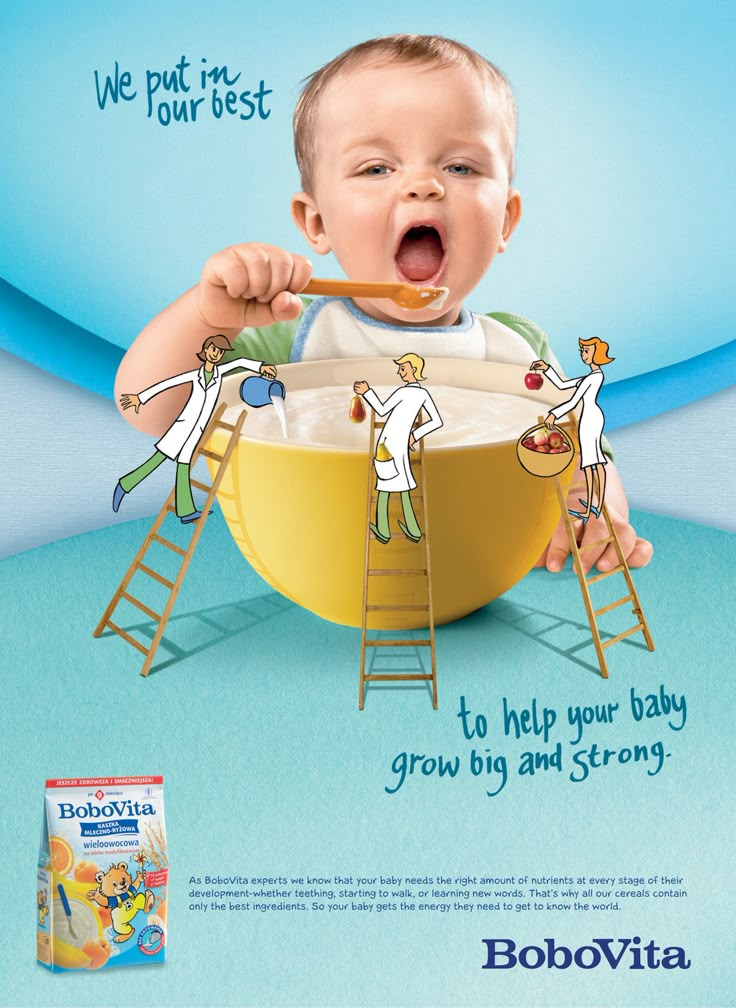
3. Allow the baby robin to feed on its own
If you get to this point then congratulations, or if the bird already has some plumage and appears to be an older chick.
This method works mostly when the baby robin is a little more grown-up and can handle the food on their own.
This is a method that allows the baby robins to feed themselves by placing the food on the ground next to them.
For this, offering small berries, or using mealworms, earthworms, or grubs near the ground next to where they rest will work fine.
This will also allow the birds to come and feed whenever they feel hungry. On average baby, robins may have to be fed every 5-10 minutes at peak times.
When feeding baby robins, make sure that…
- The food is at room temperature. Even if the food is refrigerated, it’s important to make sure the food is at room temperature when feeding the baby robins.
- Make sure the food is not spoilt, has no fungus or bacteria when feeding.

- The food should have a fine texture and even toward slushy, but smooth enough to get through the delicate throats of baby robins.
- Up to three weeks old, the baby robins will be grown up enough to find their food. So by this time, it’s good to allow the baby robins to eat of its own accord and just make sure food is available.
Then one day, they will fledge and fly away. And you can smile in the knowledge you probably just saved a wild bird’s life. If the baby robin does not survive, then it was never meant to be, and at least you provided it with some comfort and the best chance of survival.
So finally…
We hope this has been useful in answering the question – what do baby robins eat? And hope you’ve been able to put the help on how to feed one to good use.
Tweet
What Do Baby Robins Eat? How to Take Care of a Baby Robin
What’s This Post About?
Robins are pretty songbirds that belong to the Turdidae family. There are two types of species in this family: American Robin and European Robin. They can be differentiated by appearance, region, and plumage. Read on to find out more about them.
There are two types of species in this family: American Robin and European Robin. They can be differentiated by appearance, region, and plumage. Read on to find out more about them.
This post consists of an overview of what do baby robins eat. You can easily come across a baby by making sure there are robins in your backyard.
Attract these birds to your yard via bird feeders containing their favorite food sources. Robin babies can take up to one whole day to hatch properly from the eggshell.
Robin nestlings consume earthworms to survive. They prefer eating insects like mealworms, grubs, earthworms, crickets, grasshoppers, beetles, etc. Taking care of a baby robin is very challenging. You need to ensure that the bird is warm, fed, and safe.
What Are the Stages of Robin’s Life?
Growth and development of a robin in different life phases.
Like all animals, robins also go through different phases in their life. Developing from a baby to an adult is quite a long process.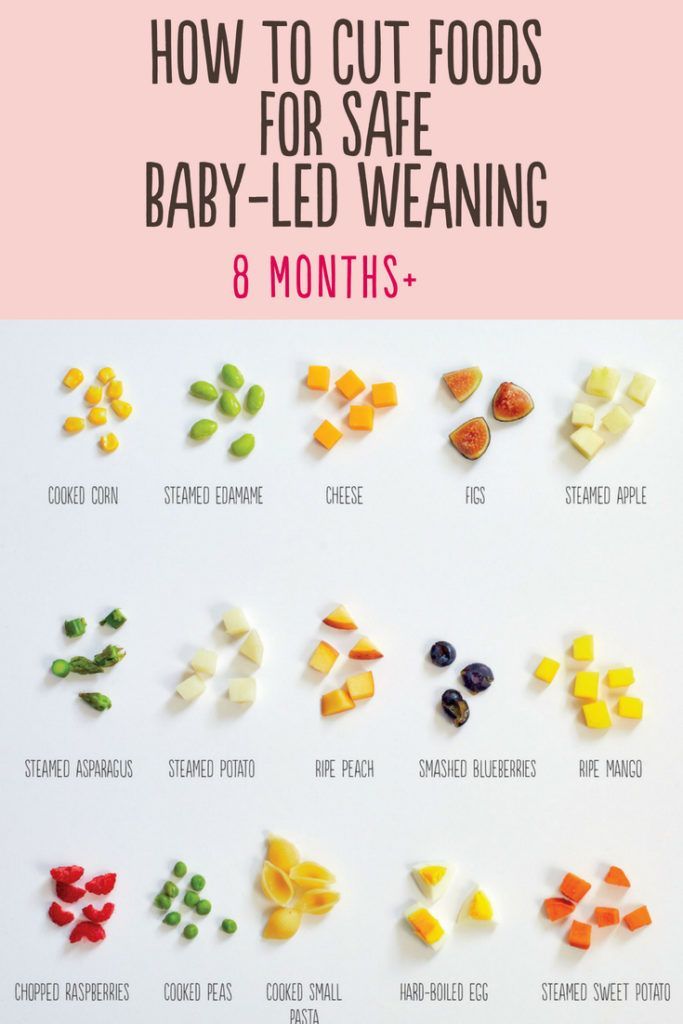 Each stage carries with it additional requirements with regards to dependency, food, behavior, etc.
Each stage carries with it additional requirements with regards to dependency, food, behavior, etc.
Robins do not mate for life; the pairs stick together throughout the breeding season then depart. The breeding season comprises of 2 – 3 nesting. The same two birds might probably mate again and stay together in the next year’s breeding period.
Watch this video to visually see how a baby robin transitions into an adult:
The Egg
These birds begin courting in late winters or early spring. Robin’s produces 5 – 6 clutches with one egg each day. The eggs take about 12 – 14 days to hatch, and tiny baby robins are born.
Robins lay blue eggs. The eggshell of the bird’s egg is of a cyan shade with a matte finish. The egg length is usually about 2.7— 3 cm, and it is 2.1 cm wide.
FUN FACT
Robins have up to three broods in a year, many of their babies do not survive.
1 to 7 Days
For the first few days, the babies can only open their beaks and not their eyes. They are delicate little bird babies with pink skin and light grey feathers patched on their bodies.
At this time, the baby robins are entirely dependent on their parents. The parents look for food and bring it back to the nest to feed their young. These babies survive on the partly digested food received from their parents directly in their mouths. This is the only way the babies can be fed during the initial days.
The food they eat includes partially digested worms, beetles, seeds, berries, and small insects.
INTERESTING FACT
Robins roost together in trees. Up to 200,000 robins can roost together at once.
7 to 14 Days
Once the hatchlings have transitioned into nestlings, they grow bigger, start developing feathers, and can open their eyes. They express their food needs through loud chirping; the mother robin feeds them food and cleans the nest.
They express their food needs through loud chirping; the mother robin feeds them food and cleans the nest.
During this phase, the parent bird starts feeding them large portions of food through their mouth. The young birds consume more and more with each passing day. This is the baby’s growing period which is why their demand for food has increased.
They eat the whole version of beetles, worms, seeds, insects, and berries. Soon the parents let the baby robins eat the entire insect or fruit on their own.
FUN FACT
As soon as a baby robin grows 14 days old, it can consume food equal to 14 feet of earthworms.
14 Days and Over
At this stage, the birds are getting bigger, fuller, and gaining strength. Parents now place the food in the nest, and the baby robins find it and feed on it themselves. However, the young birds do depend on their parents until they can fly off the nest.
Only when they enter the fledgling phase, they become independent.
INTERESTING FACT
The parent robin has to make approx. 100 visits per day to feed their babies. This is because baby robins require a lot of feed to grow and develop. This is also why robins are careful when they pick a territory – they ensure that the place they live in has easy access to ample food sources.
What Can You Feed a Baby Robin?
Every bird has its preference; let’s explore what baby robins prefer to eat.
Robins are omnivorous birds and need a balanced diet to survive. Therefore, the best thing to feed a baby robin would be insects such as crickets, beetles, or grasshoppers, earthworms, mealworms, fruits, and berries.
The main aim of a balanced, nutrient-rich diet for a robin is to help it grow into a healthy adult. On average, a baby robin has to be fed after every 5 to 10 minutes. Further, we will mention a list of food you can feed the babies with.
INTERESTING FACT
Jays and crows are a threat to baby robins. This is because they tend to eat these baby birds in the absence of their parents.
This is because they tend to eat these baby birds in the absence of their parents.
Earthworms
Baby robins love to indulge in earthworms or mealworms. They are fed worms by their parents as it proves to be a nutritious snack for the birds. However, feeding robins can be challenging, and the mother needs to be on her wings to find food for her babies.
If the baby bird is left alone for even a week, it will start looking weak or sick and may even die.
Insects
Insects are the best food option for baby robins. Adult robins feed mainly on beetles and grasshoppers. Nestlings are given partly digested beetles and grasshoppers from their parents.
If you plan on feeding a baby robin an insect on your own, then make sure it is old enough to eat by itself.
PRO-TIP
The best time to feed insects to baby robins is during the spring season. The baby is old enough to eat food independently and can easily digest insects like crickets and beetles by this time.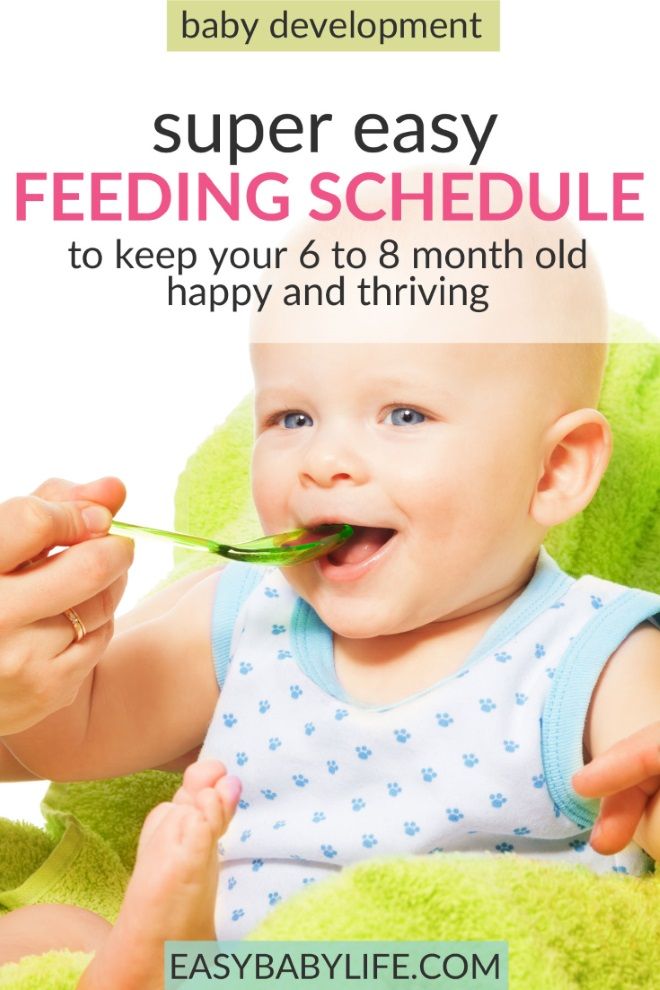
Fruits and Berries
Fruits and berries are also something that baby robins enjoy. They can eat fruits like grapes, blueberries, blackberries, and strawberries.
Make sure that the fruits are cut up into tiny pieces before being fed to the young birds. If the baby robin is strong enough, you can place these fruits on the ground and wait for them to feed on it.
INTERESTING FACT
Baby robins stay in the nest for a maximum of 16 days before practicing their first flight. After that, the mother robins protect their babies till the time they learn how to fly smoothly without any falls.
Do Baby Robins Need Liquids to Survive?
Food is a need, but is water also required for baby robins to survive?
Water is not essential for a baby robin. This is because the food they eat is moist, and it keeps them hydrated throughout the day. If the fledgling is not eating correctly, it is advisable to only put a drop of water on the bird’s beak.
If you plan to provide water to these young birds, then make sure that the water is lukewarm and fresh. They do not have a high-water requirement but when needed, try to be very careful, feed tiny drops of water at a time.
Once the baby robin grows, it will be able to drink water independently through shallow dishes. Although the food provided by parent robins is enough to keep the baby hydrated, if you find an orphaned baby robin that does not eat right, make sure you use a dropper or syringe to put a few drops of water in its mouth timely.
Moreover, birds, unlike mammals, do not consume milk. The digestive systems of baby robins are not strong enough to tolerate milk. It is a misconception that it is alright to provide milk with bread to birds. However, milk can be highly toxic.
PRO-TIP
Never force water directly in the baby bird’s mouth; it may lead to the young bird choking and dying.
What Should Not Be Fed to Robins?
Specific food sources should be avoided entirely while feeding a robin. Let’s find out what they are!
Let’s find out what they are!
Robins can not eat anything large as they are little songbirds with a small beak. It is best not to feed these birds bread, avocadoes, asparagus, and many fruits and vegetables. Milk or alcohol should also be avoided as it may harm the bird’s internal system.
Try not to put out bird mixes for robins in your backyard. Most bird mix is viable for larger bird species to consume as they consist of beans, rice, dried peas, lentils, and wheat that a small robin might not be able to digest.
Ideally, bread should not be given to robins as it does not have the proper nutrients to keep the bird safe and warm during the winters. However, bread can be given at rare instances but only as a snack.
Please do not leave out milk for robins; they might not be able to digest it. However, fermented dairy products such as soft cheese can be given in tiny amounts.
Other items that should be avoided for a robin are:
- Vegetables: eggplant, asparagus, onions, olives, parsley, spinach, and mushrooms.
 These might be healthy for humans but are not something you can give to robins.
These might be healthy for humans but are not something you can give to robins. - Nuts and Seeds: pear seeds, apricot pits, apple seeds, cherry pits, plum pits, peach pits, and raw peanuts should all be avoided.
- Beans: dried beans consist of hemagglutinin that is dangerous for birds. However, cooked beans are perfectly fine to give.
- Fruits: rhubarb and avocados are not safe for birds like robins.
- Sugary food: chocolates are not advisable to feed a bird.
- Liquids: alcohol, coffee, tea, carbonated drinks, and milk.
The food items listed above should be kept away from the birds. These can make the birds fall sick or be fatal to the little birds.
PRO-TIP
To distinguish between a male and a female robin, examine the color of their heads. A male robin has a darker shaded head, while a female robin has a pale brownish-gray color.
How To Attract a Robin?
Tips and tricks to attract a robin to your yard!
Attracting a robin to your yard is very simple and easy. Just keep an ample amount of food supply in your yard, grow trees and bushes to provide an ideal nesting site for the bird, and make sure your yard is safe and secure for the birds.
Just keep an ample amount of food supply in your yard, grow trees and bushes to provide an ideal nesting site for the bird, and make sure your yard is safe and secure for the birds.
Feed Them
Robins like to consume invertebrates and insects in the summer and fruits and seeds in the winters. Make your yard similar to the wild habitat that they live in. Plant trees in your garden to encourage invertebrates in your garden. This way, you can provide food naturally to these birds.
Provide Nesting Opportunities
Birds like robins are always looking for a safe space to stay in. Their main aim is to find a hidden spot to nest, away from the predators.
The ideal nesting spots for a robin are dense vegetation, climbing plants, and hedges. Moreover, you can hang up nest boxes for these little creatures. They prefer small nest boxes with an open front and under natural covers.
Safety From Predators
Robins are likely to settle in your yard if they feel safe from large predators such as dogs or cats. The bird feeders should be near dense vegetations to hide easily if they sense danger.
The bird feeders should be near dense vegetations to hide easily if they sense danger.
The nest boxes should not be directly in contact with the sun and wild winds. Clean the feeders and nest boxes regularly to avoid bacteria formation that could harm the birds.
How To Take Care of a Baby Robin?
Steps to take care of the adorable little robin babies.
If you see a baby robin stranded on the ground, you should take action to care for it. If the bird is injured and its parents are nowhere to be seen, it is advisable to keep it warm, feed it, and wait for it to get better before you set it free.
PRO-TIP
Baby robins require extra heat at night. If you do not have a brooder, you can keep a heating pad under the box to provide warmth.
Watch The Baby
If you come across a baby robin on the ground, it is possible that the fledgling was learning how to fly but fell over. Stay at a safe distance and keep a watch over the baby bird to see if its parents fly by to take it. If the parents do not return in approximately 30 minutes, go near the bird and check for any signs of injury.
If the parents do not return in approximately 30 minutes, go near the bird and check for any signs of injury.
INTERESTING FACT
When the baby bird falls, it will likely chirp loudly to call its parents. This is why you should wait for a good time before acting; the parents might return to the nest and look for their baby nearby.
Place The Baby in a Warm Place
If you are sure that the parents of the baby robin are not to return, place the baby in a box covered with a soft, warm towel. Don’t forget to punch holes for the air to pass.
Cover the lid as the babies feel safe and calm in darkness; they may stop fluttering around in the covered box.
Make sure that the baby bird is warm and cozy. Remember that you should not keep the box directly under the sun or in front of a heater; it can lead to dehydration or overheating.
PRO-TIP
Place a hot water bottle under the towel that is placed in the box. This will help keep the baby robin warm.
Feed The Baby
Feed the baby bird after every hour if it is a fledgling. If the baby robin is featherless, then feed it after every 30 minutes. Food that can be fed are:
- Worms
- Canned dog food
- Canned cat food
Be sure to mash the worms before feeding them to the birds. Young babies cannot digest whole worms properly. However, you can use tweezers or toothpicks to put the food directly into the baby’s mouth.
Follow each bite with a drop of water. You can place the water drops on your fingertips and put them close to the bird’s beak. Baby birds do not need a lot of water; their food is enough to keep them hydrated.
WARNING!
Do not hold the bird while feeding it, and do not pour the water directly into the baby bird’s mouth; it can fill its lungs with fluid and cause pneumonia.
Keep Reading!
Baby robins are adorable little creatures that you can easily attract to your yard. The parents are in charge of keeping the babies safe and secure. However, if you spot a baby robin on the ground without any sight of its parents, it is your responsibility to take care of it.
However, if you spot a baby robin on the ground without any sight of its parents, it is your responsibility to take care of it.
This post will help you identify food sources given to a baby robin and those that should be avoided. In addition, tips on how to take care of an orphan baby bird are also mentioned to guide you through a similar situation.
If you want to know more about baby birds, such as the baby bluebird, you can read up on this post .
What Do Baby Bluebirds Eat? How to Take Care of Baby Bluebirds
Bluebirds are exotic little creatures that require care and attention. To know exciting facts about baby bluebirds, read below.
By David A. Swanson
Bird Watching USA
My name is David and I'm the the founder of Bird Watching USA! I started Bird Watching with My father-in-law many years ago, and I've become an addict to watching these beautiful creatures. I've learnt so much over about bird watching over the years that I want to share with the world everything I know about them!
Posted in:
Questions about nutrition | Robin
1
min read
Power
B1. Is there a canteen or cafe? How will we eat?
Is there a canteen or cafe? How will we eat?
Cooked by our chefs. All guests eat in the common living room of the Raspberry House. You can order food to be brought to your house for a small surcharge.
Fixed menu, not repeated for 10 days, posted the day before in Raspberry House
You can order full board, i.e. 3 meals a day or just the meals you need.
You can communicate your meal schedule in advance or at check-in.
But if you book full board in advance and then eat partly, you will only pay for what you ate.
B2. Food cost.
full board costs 1290 rubles / person / day, up to 13 years -30%, up to 5 years -70% . Meal time?
Breakfast from 9.00-10.00 Lunch 15.00-16.00 Dinner 20.00-21.000003
B4. Is there a kitchen in the houses? Can you cook by yourself?
You can cook by yourself at the dachas: Aspen, Zelenaya; in deluxe rooms, there is a kitchen. In the rest of the houses there is no kitchen, but in the summer you can use the summer kitchen for free. In addition, there are a large number of barbecue areas.
In addition, there are a large number of barbecue areas.
B5. What if we want a barbecue?
- You can bring ready-made meat with you, there are many barbecue areas, firewood is free for residents.
- You can bring your own meat and we will barbecue for you
- You can bring raw meat and we marinate it for you
- You can order shish kebab, we will buy meat and cook for you
B6. Vegetarians, lovers of halal food and if the diet is
We will make a separate menu for them. Inform in advance about the number of such people.
B7. If we are on excursions during the day, on a hike, in the forest. Is there a camp lunch?
We recommend ordering a full board, if your daily absence is not planned by the tour program, inform the administrator about this and a camp lunch will be prepared for you.
Camping lunch is a second dish in foil, which the instructor will then warm up for you on the fire, salad, fruit (or other dessert), tea or coffee.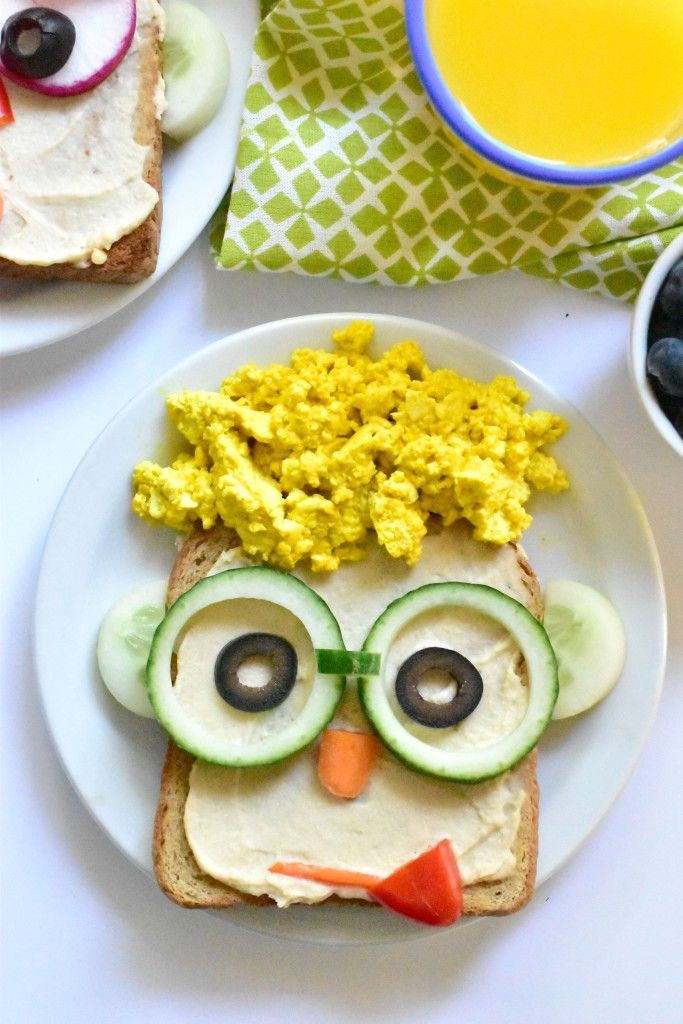
A light camp snack is possible: tea or coffee in thermoses and dessert
If your excursion includes an overnight stay outside the base, we will organize cooking there.
B8. Is there a buffet or cooking to order option?
There is no buffet in the usual sense. There is a possibility of cooking to order if you inform about it before arrival at the base
B9. Are there cafes, restaurants, grocery stores near the base?
The nearest catering points and grocery stores in Beloretsk, 10 km from the base. You can order to bring you something from the store by passing transport for a separate payment. Same or next day delivery
B10. If we don't eat?
The portions are large, most of them fill up, there are no complaints about this topic.
You can drink tea/coffee with jam at any time in the living room of the Raspberry House
В11. Is there drinking water in the houses?
Drinking water in factory packaging is available in houses and if necessary, you can buy it in addition
Elena told about the rest in Malinovka
Elena
28. 07.2015
07.2015
The word "Robin" raises the mood!
Recently returned from vacation - many thanks to all the workers of the base for their care, smiles, always in a good mood!
Wooden house is…
Alexey shared his feelings after swimming in the ice hole.
We rested at this super camp site! I liked absolutely everything: awesome territory, everything is very neat and thought out, very polite and attentive staff, and the food is simply gorgeous! The houses are very…
Andrey told how he had a rest in Malinovka at minus 30!
My friend and I rested at the Malinovka camp site from November 20 to November 22, 2015.
We had a FOREST TALES tour.
Three days flew by very quickly. The first impression is that we are in a fairy tale. On the day of arrival we were lucky with…
Tatiana about the "Three Peaks in Five Days" tour
We took the "3 Mountains in 5 Days" tour, a very rich and interesting tour in which you can fully feel the wild nature. Forests, rivers are divinely beautiful, a sea of positiveness from horses.
Forests, rivers are divinely beautiful, a sea of positiveness from horses.
Thank you…
Kondrikov Andrey and Lyubov about their vacation in Malinovka
My husband and I had a rest from 07.07.16 to 07.10.16 in Malinovka. Wonderful place, beautiful nature, fresh air!!!
Very attentive and helpful staff! Delicious home cooking is special…
March reviews
Natalia
03/29/2016
We were at the camp site in February of this year. They were quite satisfied with their stay. We lived in a crimson house, the rooms were clean, the administrator was a friendly, polite woman. From…
In winter - to Malinovka!
Ekaterina
02/01/2016
I had a rest at the camp site during my pregnancy, I am very satisfied with everything, the food is just for slaughter, evening walks are just a fairy tale. Now I plan to go with a child - I know for sure that ...
REVIEW WITH A CAPITAL LETTER
TAKEN WEEKEND TOUR FOR 4 DAYS. THE WEATHER WAS - GOLDEN AUTUMN. AROUND THE MOUNTAINS, PINES, THE SKY AND THE SILENCE IS UNUSUAL! THE GIRLS OF THE COOK WERE LIKE MOMMY!…
AROUND THE MOUNTAINS, PINES, THE SKY AND THE SILENCE IS UNUSUAL! THE GIRLS OF THE COOK WERE LIKE MOMMY!…
Warm words about the winter holidays
Lidia
02/19/2016
We thank the staff of the recreation center Malinovka for an excellent holiday, excellent food, friendly service, comfort. We rested in February 2016 with the whole family. Children are delighted with horses ...
Feedback from the Petrov family
“We've been riding horses for the third day, yesterday we jumped into the hole – great. I am engaged in ice-hole and here I liked that the mountain river is cleaner. There are differences from our water. We have peat everything, water ...
Raspberry and what it is eaten with
fla_guns pleased her husband today with amazing chebureks, created according to the precepts of the radiant Stalik (it was useful for her to give him a tip)
and of course it was impossible not to drink tincture for this matter - the robin reached the condition own production.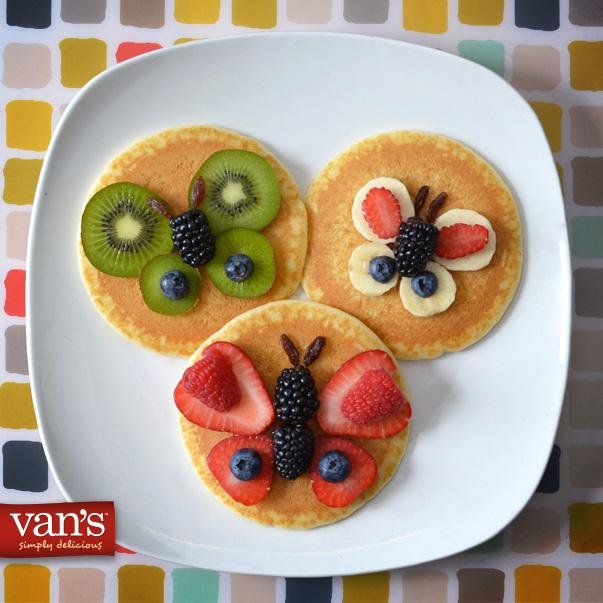
So, robin. It should be noted that I would conditionally divide all consumed alcohol into drinks of independent value (ales, whiskey, some high-class stouts, cognacs) and table drinks. The former require concentrated and thoughtful use by themselves - it is blasphemous to drink food with them. But the latter are created for a good table and a pleasant conversation.
Since I don't like pure vodka (and don't really trust the quality), about a year ago I switched to products of my own production - based on medical alcohol.
And about a month ago, an improvisation was born - a tincture of fresh raspberries, for which thanks nimravus_cub
The idea is in minimalism. We take a third of a can of freshly picked raspberries, which gave the juice, pour one and a half glasses of sugar on top (without stirring) and fill this case with three liters of alcohol. Since water is not involved in the process, only juice weakens the degree. which gives raspberries - which gives a residual fortress of about 70 degrees. Further, the whole thing is hermetically packed and placed for about a month. You can drink in two weeks, but the taste of alcohol prevails, but now ...
Further, the whole thing is hermetically packed and placed for about a month. You can drink in two weeks, but the taste of alcohol prevails, but now ...
In general, the color is slightly darker than in the photo - more carmine tones, and the raspberries themselves in the container are almost discolored.
Despite the strength, the drink is really very easy to drink (well, this effect is known to everyone who has ever drunk alcohol). Aroma due to the volatility of alcohol - to the whole kitchen, fresh raspberries. to exacerbate the effect, it was consumed from one of the brandy tasting glasses - it looks like a miniature cognac, and retains the aroma well. The taste is quite interesting: a transparent start, characteristic of good vodka (and thanks to the soft juice syrup with sugar), then a subtle raspberry berry tone and a powerful wave of warmth. But the most interesting effect is the addition of a small amount of clean drinking water - unboiled, from a bottle. The aroma is drastically intensified, the taste becomes more voluminous, and the whole thing starts to drink like water - even at room temperature.











